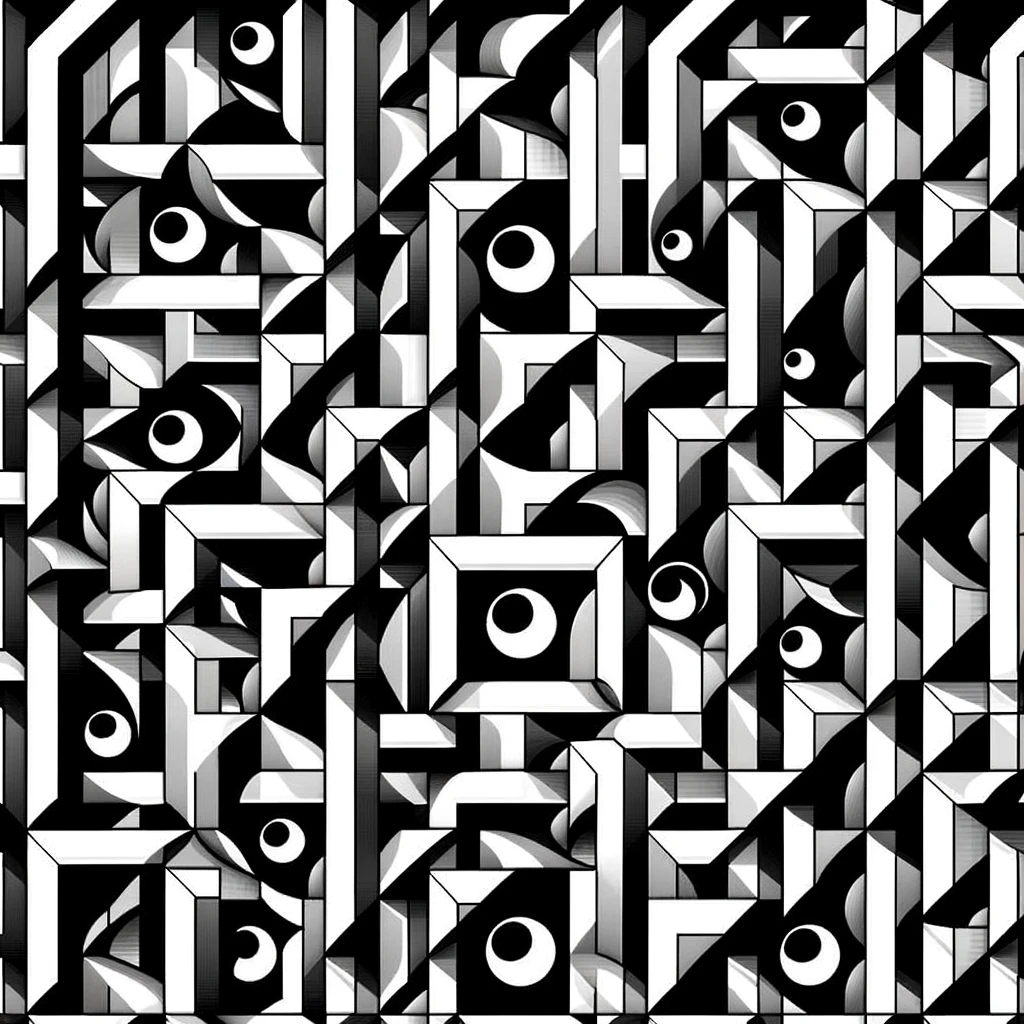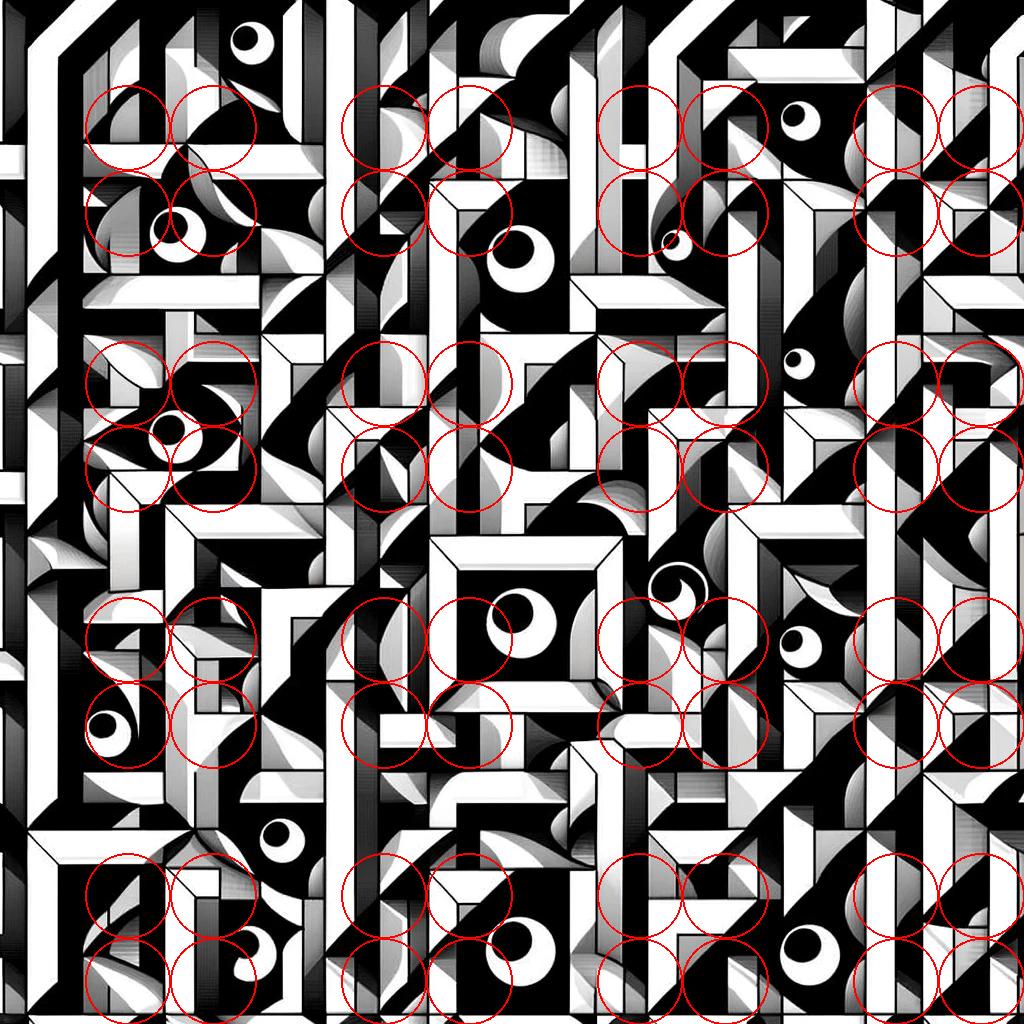The Art and Science Behind Optical Illusions: Exploring Hidden Circles

Optical illusions captivate the mind, often leading us to question our perception of reality. Among these, illusions that cleverly hide elements within straightforward patterns, such as circles within a grid of rectangles, are particularly intriguing. These designs not only showcase artistic creativity but also provide valuable insights into the workings of the human visual system.
The Fascination with Hidden Shapes
Optical illusions involving hidden shapes play on the brain’s mechanisms for processing visual information. In such illusions, the circles are embedded in a grid pattern using contrasting tones and strategic placement to camouflage them. At a glance, the viewer sees a simple array of black and white rectangles. However, a deeper look—or viewing from a different perspective—reveals circles ingeniously integrated into the design.
Psychological and Neurological Foundations
The phenomenon where viewers can see hidden shapes upon changing their focus or perspective is rooted in the brain’s feature detection system. The visual cortex, responsible for processing visual information, picks up on edges, lines, and contrasts. In illusions where circles are hidden among rectangles, the brain initially notices the more pronounced edges of the rectangles. The subtler curves of the circles only become apparent when the brain’s focus shifts from the primary geometric patterns to the differences in light and shadow, which hint at the underlying shapes.
The Design Technique
Creating such illusions requires meticulous design. Designers must balance the visibility of the circles with the surrounding patterns, ensuring that the circles remain concealed until the viewer adjusts their viewing angle or focus. This is achieved by manipulating shading, line thickness, and spatial relationships between the geometric elements. The alignment and intersection of the rectangles can either obscure or reveal the circles, depending on how the light falls and how the viewer’s eye processes these intersections.

Applications and Implications
Beyond their aesthetic appeal, these optical illusions have practical applications in various fields, such as psychology, where they are used to study perception and cognitive processes. They also find applications in art and design, providing a dynamic way to engage audiences and evoke curiosity.
Moreover, understanding how these illusions work can lead to better design strategies in safety and signage, where visibility under varying perceptual conditions can be crucial.
Conclusion
Optical illusions that hide shapes within other shapes offer more than just visual intrigue; they invite us to explore the complexities of human perception. They challenge our eyes, tease our brains, and remind us that what we see is not always the complete reality. As we unravel these illusions, we gain deeper insights into both the limits and the remarkable capabilities of our visual system.
This article delves into the intricacies of a particular type of optical illusion, demonstrating how simple visual tricks can have profound implications for our understanding of human perception.






